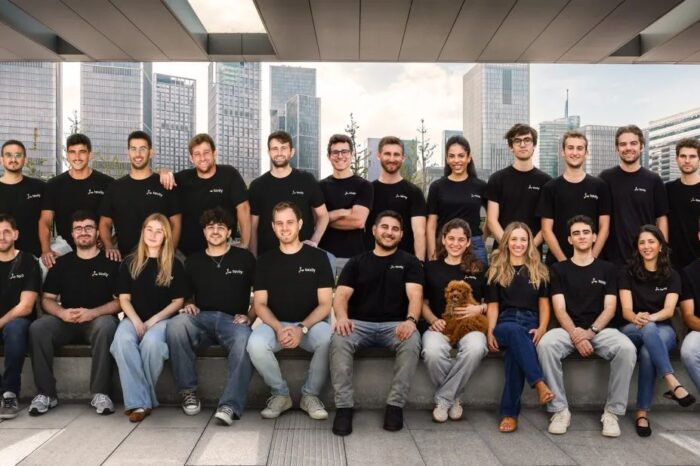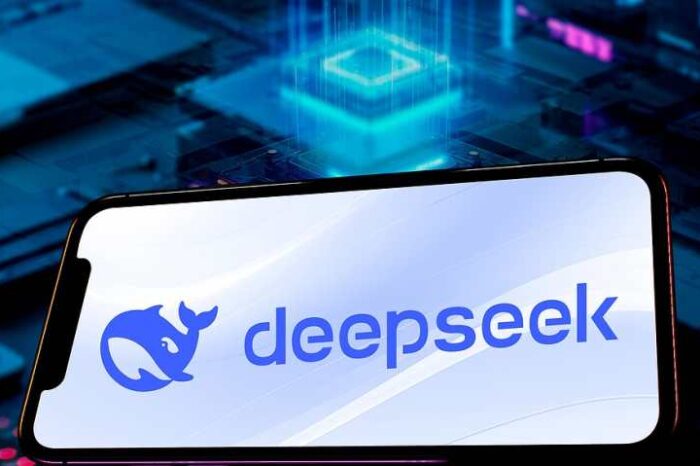From Klarna to Karma: How a $40B Fintech Startup Bet on the Poor Went South
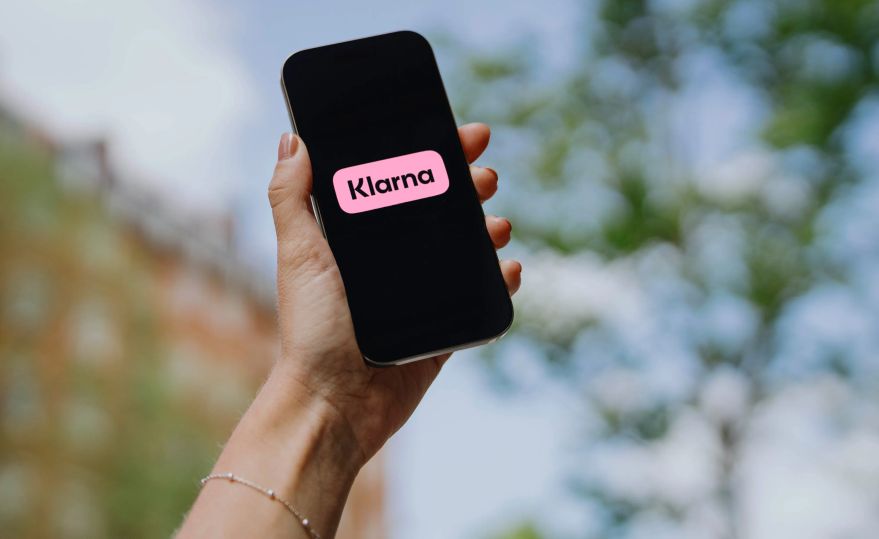
You know something’s off when even a $1.50 hot dog needs financing.
That’s the world Klarna helped create. A Swedish fintech once valued at a staggering $46 billion, Klarna positioned itself as the cool, pastel-colored middleman between your cravings and your cash flow.
“Buy Now, Pay Later” (BNPL) and the Allure of Easy Debt
From Amazon checkouts to ASOS carts, Klarna’s “Buy Now, Pay Later” button was everywhere. One click, and you could split just about anything into four “interest-free” payments. Even that Costco sausage.
It was frictionless, effortless, and dangerously easy.
Backed by over $4 billion in funding and a celebrity roster that included Snoop Dogg, Klarna wasn’t just selling a payment option—it was selling a lifestyle: instant gratification, no budget required. Who needs savings when you’ve got installments?
But peel back the marketing, and the sheen wears off fast. Klarna’s rise was built not on democratizing spending power, but on normalizing short-term debt—especially for people already struggling to make ends meet. That’s the fine print beneath the pink branding. Klarna didn’t empower shoppers. It conditioned them to borrow for sneakers, shirts, and groceries they couldn’t afford.
By 2025, the company had scaled to 724,000 merchants and was processing $25 billion in quarterly transactions. But even as the numbers swelled, the business started to crack. IPO delays, rising losses, mounting defaults—Klarna’s empire of convenience was quietly imploding under its own weight.
It bet big on the poor. Karma, it seems, had other plans.
The Rise of Klarna

Klarna CEO and co-founder: Sebastian Siemiatkowski
Sebastian Siemiatkowski didn’t start in venture-backed boardrooms or sipping lattes in Stockholm’s startup circuit. He started in debt collection, where every call was a complaint and every invoice was a headache. Merchants were fed up. “Customers don’t pay,” they’d say. “We’re taking the hit.” Most wanted to scrap credit altogether.
But Sebastian saw an opportunity buried in the frustration.
What if a company paid the merchant upfront, took a small cut, and dealt with collecting from the customer later? A simple pitch: less risk for the seller, more convenience for the buyer. He floated the idea at his job, but the higher-ups weren’t interested. So, like any founder who’s had their pitch laughed out of the room, he left and started building it himself.
In 2005, Sebastian teamed up with his college friends Niklas Adalberth and Viktor Jacobsson while they were studying at the Stockholm School of Economics. They had the idea, but not much else—no capital, no product, and no believers.
They entered an entrepreneurship competition and were promptly dismissed. Judges told them banks would crush the idea. Undeterred, they kept pushing. Their first real break came from Jane Walerud, a Swedish angel investor who saw promise. She offered €60,000 and five developers for nine months—but it came with a heavy ask: nearly half the company. It stung, but they took the deal.
Klarna was born.
Money started flowing in. What began with modest seed capital quickly snowballed. Millions turned into tens of millions. Then came SoftBank and Sequoia. By the time Klarna had closed its 22nd funding round, it had raised over $4 billion. By 2021, the company hit a peak valuation of $46 billion, making it one of Europe’s most valuable private tech companies.
At the center of its growth was the BNPL model. Klarna charged merchants 3–6% to add a shiny new checkout option that let customers split payments into four equal parts, pay after 30 days, or stretch it out over three years. There was no need for a credit card, and often no interest—just quick, seemingly painless debt.
And it worked. In the U.S. alone, BNPL loans exploded by 970% between 2019 and 2021, jumping from $2 billion to over $24 billion. Klarna wasn’t just along for the ride—it was leading it, leaving rivals like AfterPay and PayPal scrambling to catch up.
Sebastian’s early bet was paying off. Klarna had become a global juggernaut. On paper, everything looked unstoppable.
But beneath the growth was a business model that depended on people borrowing money for things they couldn’t actually afford.
Betting on the Vulnerable
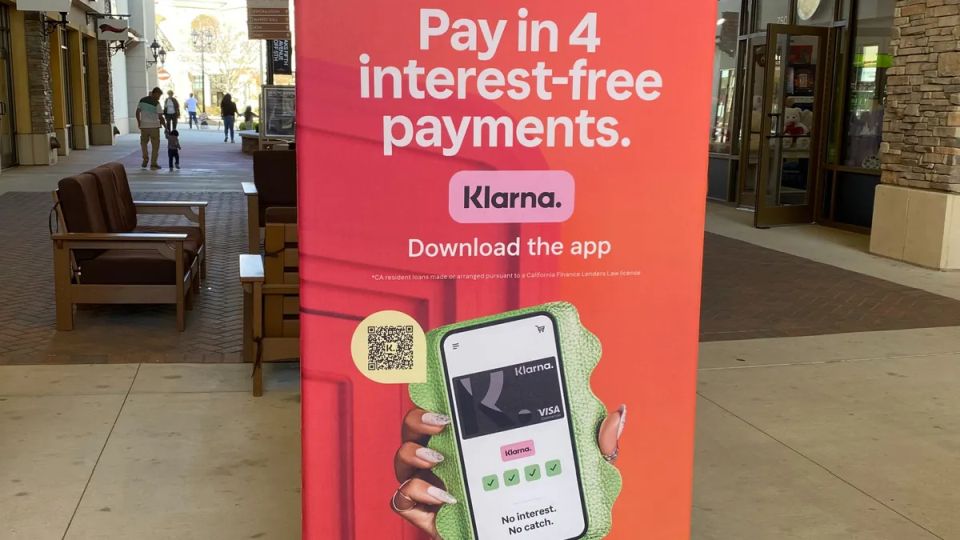
Klarna’s pitch was irresistible: skip the upfront cost and pay later—no interest, no hassle. That $50 shirt? Split it. Those $200 sneakers? Break it down. Even a $1.50 hot dog? Why not. For millions living paycheck to paycheck, Klarna made debt feel like a superpower.
But here’s where the story stops being cute.
Klarna wasn’t targeting luxury buyers or big-ticket items. It was selling short-term credit on everyday purchases—stuff people used to pay for with cash or debit. And it made borrowing feel like a feature, not a warning sign. That’s where the danger creeps in. This wasn’t a payment plan for a new laptop. It was a payment plan for lunch.
Signing up was almost too easy. A name, an email, a phone number, maybe your date of birth—and you were in. Sometimes they asked for the last four digits of your Social Security Number. That’s it. A soft credit check that didn’t ding your score made it feel safe. It wasn’t. It was frictionless by design—so fast you might not even realize you were taking on a loan.
And here’s the kicker: Klarna didn’t check to see if you already had active BNPL loans with other platforms like AfterPay or Affirm. That meant you could stack loans like playing cards, all due on different days, from different apps. It’s called “stacking,” and the Consumer Financial Protection Bureau has warned it leads to exactly what you’d expect: missed payments, stress, and spiraling debt. Klarna didn’t just overlook this risk—they built a business around it.
Then come the fees. Klarna loves to say its four-payment plans are interest-free—but miss a due date, and you’ll get slapped with a $7 late fee. Not per loan—per payment. Buy three items, miss one cycle, and that’s $21 in penalties. Stack enough loans, and you’re paying Klarna more in fees than you paid your original merchant.
A 2025 report found that 41% of BNPL users had already missed at least one payment, with low-income and minority consumers hit hardest. And if you chose Klarna’s longer-term financing options, you weren’t just facing late fees—you could be looking at interest rates as high as 35.9%. That’s significantly higher than the average credit card.
In some countries, Klarna even charged people €1.20 just for sending reminder emails.
Behind the slick branding and no-interest promises was a company squeezing revenue from people least able to afford it. Klarna wasn’t revolutionizing payments. It was repackaging debt in friendlier colors—and making it easier to fall behind.
Karma Comes Calling
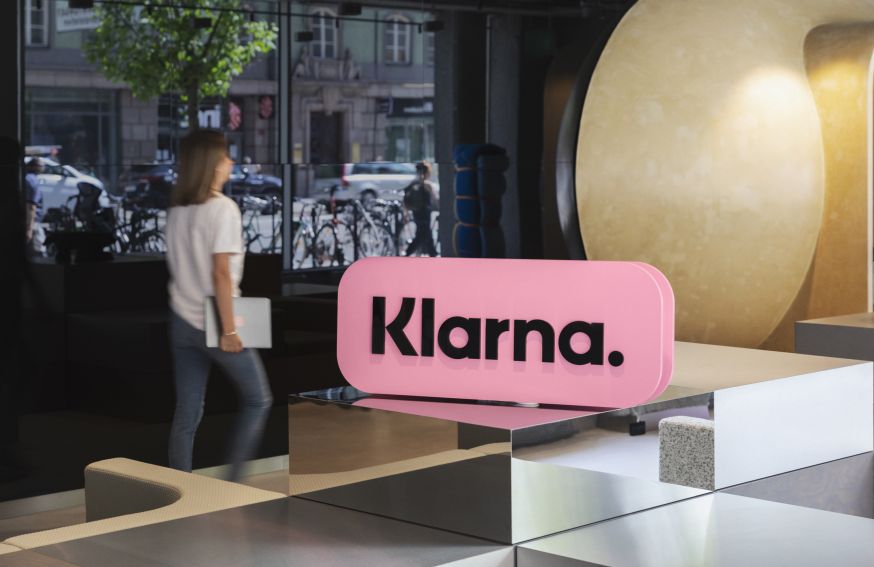
For years, Klarna played fairy godmother to broke shoppers—waving a wand to make purchases magically affordable. But while customers were slipping into debt, Klarna was building one of its own. And now, it’s unraveling.
By early 2025, Klarna was posting $701 million in revenue for the quarter and even squeaked out a $3 million adjusted operating profit. On the surface, it looked like progress. But dig a little deeper, and the numbers start to stink. Klarna actually lost $99 million that quarter—more than double the $47 million it lost the year before. Revenue might be growing, but so are the red flags.
That’s because Klarna’s business model is structurally shaky. They front merchants the cash when a customer checks out, then wait for the customer to pay in installments. If the customer doesn’t pay, too bad. Klarna still owes the merchant, and now it’s stuck with the bill.
And guess what? Customers are defaulting.
Credit losses jumped 17% to $136 million in Q1 2025. Klarna’s borrowing costs to fund those payments didn’t help either, hitting $130 million for the quarter. That’s just the interest—not even the debt itself. Klarna is bleeding from both ends: people aren’t paying them back, and they’re paying more just to keep the system running.
To fix it, Klarna went all in on AI. In 2024, CEO Sebastian Siemiatkowski claimed, “AI can do all the jobs we do as humans.” The company froze hiring and offloaded tasks like customer service and loan decisions to algorithms. But by 2025, the experiment fizzled. Quality tanked. Complaints piled up. Klarna started hiring again.
Then came the IPO drama.
The Karma: Klarna’s Fall From $46 Billion to $15 Billion
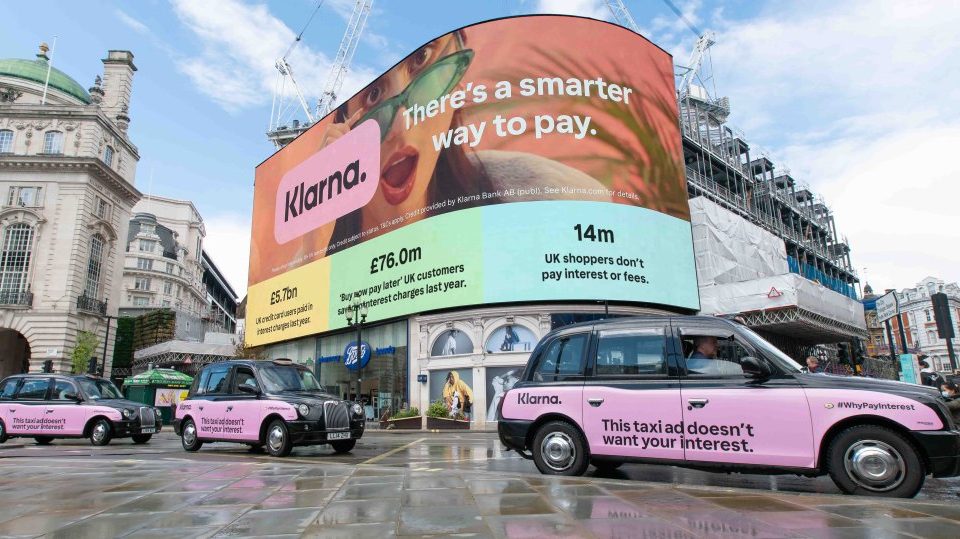
In March 2025, Klarna filed to go public on the NYSE, aiming to raise $1 billion. But the number that jumped out? A $15 billion valuation down from its $46 billion peak in 2022. Before the paperwork could even cool, Trump’s unexpected tariffs in April spooked the market. Klarna blamed “volatility” and quietly postponed the IPO.
But let’s be honest: tariffs weren’t the real issue.
Going public means opening the books, and Klarna’s weren’t pretty. A ballooning loss, rising defaults, and a debt-fueled business model with no clear path to profitability? That’s a tough sell, no matter the market.
Now, they’re floating a possible listing later in 2025—maybe September or October. But the delay speaks volumes. Klarna’s trying to run a fintech empire with structural debt problems and AI band-aids. And the clock is ticking.
Karma doesn’t take installment payments.
The Bigger Picture and Beyond
Klarna wanted to reinvent finance. Instead, it ended up reinventing the payday loan—with better branding.
Once hailed as Europe’s top startup, Klarna rode a tidal wave of hype to a $46 billion valuation. It turned everyday spending into a game of four easy payments and made “Buy Now, Pay Later” part of the cultural lexicon. But behind the cheerful checkout buttons was a business that profited off instability. And now, Klarna’s story is looking less like a success story and more like a cautionary tale.
They lost $99 million in a single quarter. $136 million in customer defaults ate into their revenue. And that’s not just a Klarna problem. The whole BNPL sector—AfterPay, Affirm, the rest—is playing the same risky game. Everyone’s showing off “adjusted” profits while hiding behind a wall of unpaid bills. It’s like hosting a rooftop party on a building with cracked foundations. Looks fun—until it collapses.
Klarna’s fall stings more than most because of who it targeted. The model was built on low friction and low accountability. It made borrowing too easy for people already on the financial edge. A 2025 report showed 41% of BNPL users missed payments, with low-income and minority consumers hit hardest. Klarna didn’t just enable overspending—it monetized it. The late fees, the 35.9% APRs, the €1.20 email charges—they all point to a company squeezing its users for profit.
It didn’t stop at fees. Klarna was also caught collecting data on non-users and exposing user accounts due to sloppy security practices. And CEO Sebastian Siemiatkowski’s tone-deaf rants on LinkedIn didn’t help the company’s image. What began as a disruption started looking more like exploitation.
Still, Klarna’s not waving the white flag yet.
They’re hoping to raise $1 billion through a fall 2025 IPO, though the market’s clearly lost confidence. That $15 billion target valuation is a long fall from their peak. Klarna’s also trying to pivot, leaning into more traditional financial services. They secured a UK banking license, launched savings accounts, and now offer debit cards. AI reportedly cut customer service costs by 40%. Losses shrank to $28 million in H1 2024—an 84% drop. But when you’re still burning $130 million a quarter just on debt servicing, there’s only so much tech can fix.
So here’s the real takeaway: Klarna wasn’t a financial savior—it was a debt delivery system. And “Buy Now, Pay Later” isn’t a life hack. It’s a trap. A shiny, app-based trap dressed up like kindness. Klarna is learning that the hard way.
Next time you’re at Costco, staring at that hot dog combo, do yourself a favor—pay in cash. You’ll avoid the interest, skip the debt, and won’t have Klarna’s karma following you home.
If you’d like to explore more, below is a related video titled “When Exploiting The Poor Backfires… Klarna’s $40B Meltdown” from Logically Answered, a respected YouTube creator with over a decade of content and more than 790,000 subscribers.
Additional Sources
-
YouTube Video Transcript: “Klarna: The Buy Now Pay Later Bubble”, provided by user, 2025.
-
Bloomberg: “Klarna Plans IPO for Early Fall After Tariff Delay”, March 14, 2025, and valuation details, 2021.
-
Reuters: “Klarna Q1 Revenue Up 15% as US Business Grows”, May 19, 2025.
-
Consumer Financial Protection Bureau: “Buy Now, Pay Later: Market Trends and Consumer Impacts”, 2025.
-
Klarna Q1 2025 Earnings Release: Investors.klarna.com, May 19, 2025.
-
Klarna H1 2024 Financial Report: Investors.klarna.com, April 30, 2025.
-
PaymentExpert.com: “Klarna Losses Raise Fresh Affordability Questions”, May 21, 2025.
-
Finextra: “Klarna Reports Fourth Profitable Quarter”, May 19, 2025.
-
eMarketer: “Klarna Eyes an Early Fall IPO”, 2025.
-
Quartr.com: “Klarna Investor Relations Material”, 2025.
🚀 Want Your Story Featured?
Get in front of thousands of founders, investors, PE firms, tech executives, decision makers, and tech readers by submitting your story to TechStartups.com.
Get Featured
